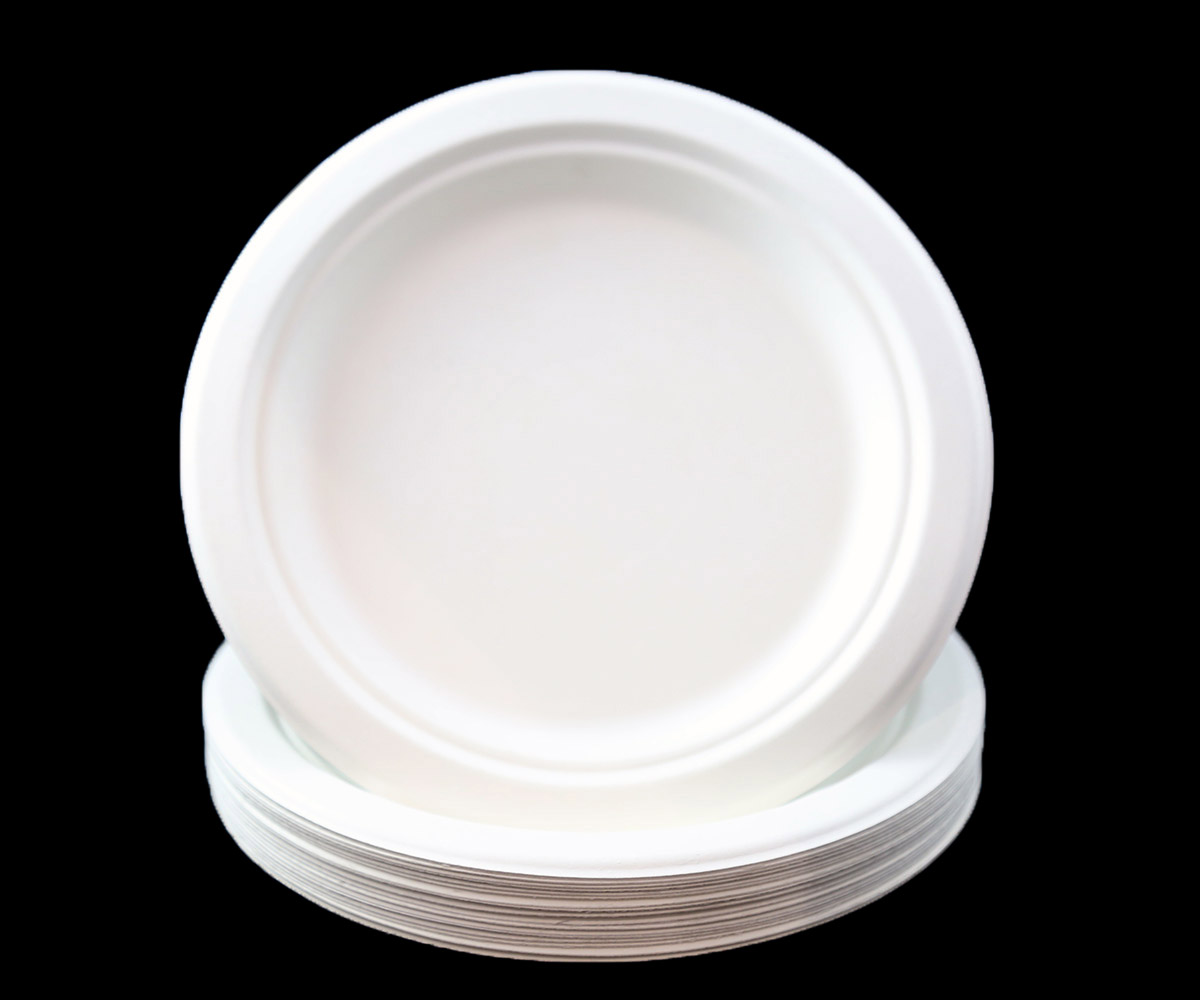Introduction
In recent years, there has been a notable shift towards sustainability in various industries, including the food and hospitality sector. One significant aspect of this movement is the increasing adoption of biodegradable tableware as a more eco-friendly alternative to traditional plastic and styrofoam products. Biodegradable tableware offers a sustainable solution for eco-conscious consumers and businesses alike, addressing concerns about environmental pollution and waste.
Environmental Impact of Traditional Tableware:
Traditional plastic and styrofoam tableware have long been favored for their affordability and convenience. However, their widespread use has contributed to significant environmental problems, including plastic pollution in oceans and landfills. These materials take hundreds of years to decompose, posing a persistent threat to wildlife and ecosystems. Additionally, the production of plastic tableware consumes finite fossil fuels and releases greenhouse gases, contributing to climate change.
Advantages of Biodegradable Tableware:
Biodegradable tableware, on the other hand, offers several advantages over traditional alternatives. Made from renewable resources such as plant-based materials like cornstarch, sugarcane fiber, or bamboo, biodegradable tableware is designed to break down naturally over time, reducing the burden on landfills and minimizing environmental pollution. Unlike plastic and styrofoam, biodegradable tableware can be composted, returning valuable nutrients to the soil and completing the cycle of sustainability.
Meeting Consumer Demand:
As consumers become increasingly aware of environmental issues and seek more sustainable dining options, the demand for biodegradable tableware has surged. Restaurants, cafes, and catering services are responding to this demand by transitioning to biodegradable alternatives for single-use items such as plates, cups, utensils, and takeout containers. By offering biodegradable tableware, businesses can attract environmentally-conscious customers, enhance their brand reputation, and contribute to a greener future.
Conclusion:
The rise of biodegradable tableware represents a positive step towards creating a more sustainable and environmentally-friendly dining culture. By choosing biodegradable options, individuals and businesses can minimize their environmental footprint, reduce waste, and support the transition to a circular economy. As the demand for eco-friendly alternatives continues to grow, biodegradable tableware is poised to play a pivotal role in shaping the future of dining and hospitality, offering a sustainable solution for a healthier planet.





Comments